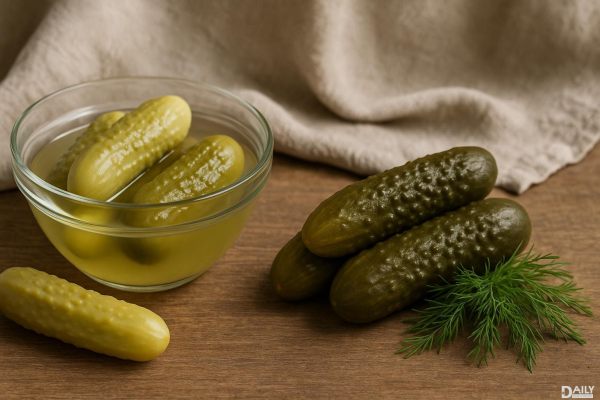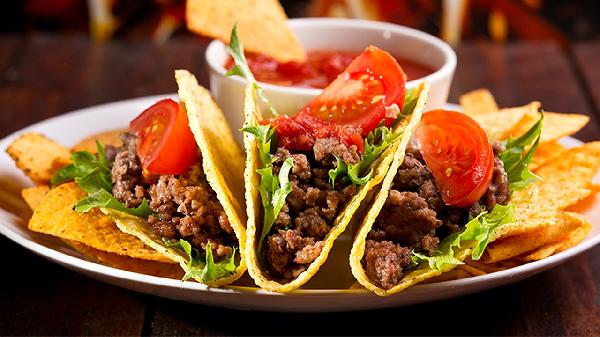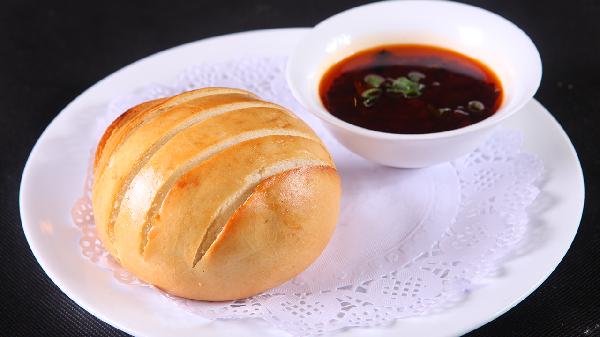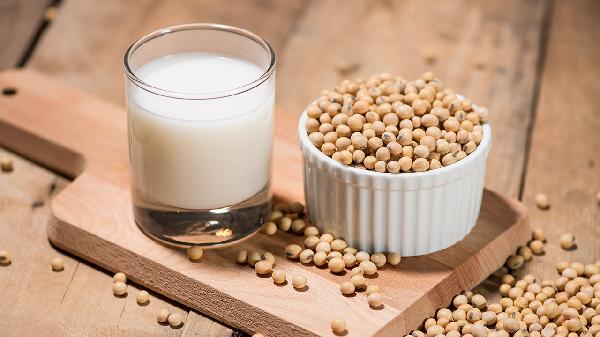Back in the day (think pre-2011), cooking pork chops was like playing a dangerous game of "guess the doneness." The USDA used to recommend cooking pork to a whopping 160°F—which, let’s be honest, turned your chops into something resembling a hockey puck. But science (and better farming practices) came to the rescue. Turns out, the risk of trichinosis—the scary parasite that once haunted undercooked pork—is now virtually nonexistent in commercially raised pork.
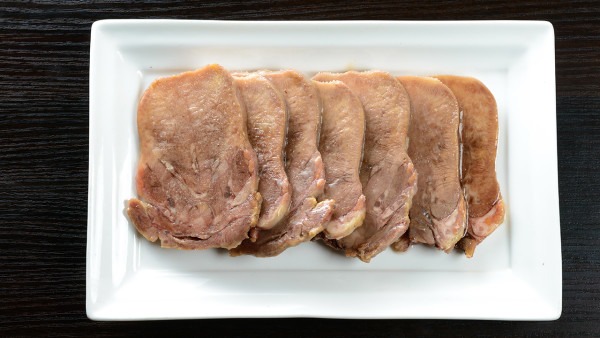
So, what’s the magic number? 145°F, baby. That’s the sweet spot where your pork chop stays juicy, tender, and just slightly pink in the middle. No more chewing through dry, flavorless meat—just perfectly cooked pork every time.
How to Cook Pork Chops Like a Pro
Whether you’re grilling, pan-searing, baking, or air-frying, the internal temp rule stays the same: 145°F for chops (boneless or bone-in). The key is to pull them off the heat at around 140°F—they’ll keep cooking as they rest (more on that later).
If you’ve been overcooking your pork, don’t sweat it. We’ve all been there. But now that you know better, it’s time to step up your pork game.
How to Check the Temperature (Without Ruining Your Dinner)
The best way? A digital meat thermometer. Here’s how to use it like a boss:
No thermometer? No problem (but seriously, get one). You can also:
Resting Your Pork: The Secret to Juicy Chops
Here’s where patience pays off. Let your pork chops rest for 5–10 minutes before cutting into them. Why? Because slicing into hot meat sends all those delicious juices running onto your cutting board instead of staying in the chop.
For thicker cuts (like pork loin or shoulder), give them 10–15 minutes under a loose foil tent. Smaller chops? Just let them hang out on a warm plate—no foil needed, or they’ll keep cooking.
What About Other Cuts of Pork?
Not all pork is created equal. Here’s the temp breakdown:
Now go forth and cook pork chops that’ll make your grandma proud (but maybe don’t tell her they’re slightly pink).
